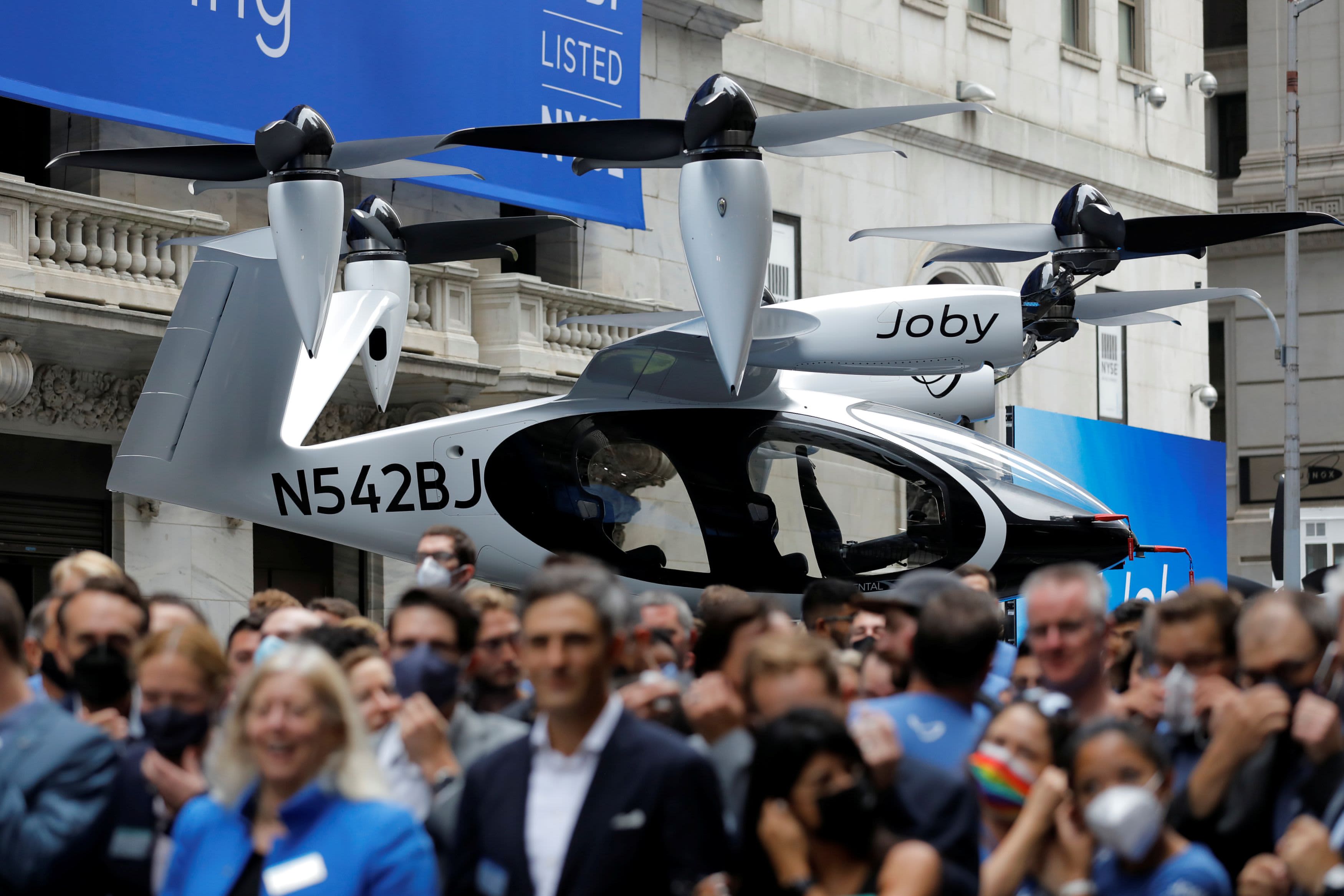Relativity postpones first launch try of Terran 1 rocket

The corporate’s Terran 1 rocket stands on its launchpad at LC-16 in Cape Canaveral, Florida forward of the inaugural launch try.
Trevor Mahlmann / Relativity Area
3D-printing specialist Relativity Area postponed its first launch try on Wednesday, stopping simply in need of probably the most vital take a look at but of the corporate’s bold manufacturing strategy.
The corporate’s Terran 1 rocket is meant to launch from LC-16, a launchpad on the U.S. Area Power’s facility in Cape Canaveral, Florida. The mission, known as “Good Luck, Have Enjoyable,” goals to efficiently attain orbit.
associated investing information


Relativity had a window between 1 p.m. and 4 p.m. ET to launch on Wednesday. After a few brief delays and resets within the countdown – widespread when making ready to launch a rocket for the primary time – the corporate known as a “scrub” for the try, that means it was postponed to a later day.
“Thanks for taking part in,” Relativity’s launch director Clay Walker stated on the corporate’s webcast.
In a tweet, Relativity cofounder and CEO Tim Ellis stated that it is going to be “just a few days till” the corporate is ready to make one other try.
Relativity Area’s 3D-printed rocket Terran 1 sits is rolled out to the launch pad on the Cape Canaveral Air Power Station on this December 7, 2022 {photograph} launched forward of its scheduled launch in Cape Canaveral, Florida, March 8, 2023.
Trevor Mahlmann/ | Relativity Area | Reuters
Whereas many house corporations make the most of 3D printing, often known as additive manufacturing, Relativity has successfully gone all-in on the strategy. The corporate believes its strategy will make constructing orbital-class rockets a lot quicker than conventional strategies, requiring 1000’s much less elements and enabling modifications to be made through software program. The Lengthy Seaside, California-based enterprise goals to create rockets from uncooked supplies in as little as 60 days.
Terran 1 stands 110 toes excessive, with 9 engines powering the decrease first stage, and one engine powering the higher second stage. Its Aeon engines are 3D-printed, with the rocket utilizing liquid oxygen and liquid pure gasoline as its two gas sorts. The corporate says that 85% of this primary Terran 1 rocket was 3D-printed.
Enroll right here to obtain weekly editions of CNBC’s Investing in Area e-newsletter.
Relativity costs Terran 1 at $12 million per launch. It is designed to hold about 1,250 kilograms to low Earth orbit. That places Terran 1 within the “medium elevate” part of the U.S. launch market, between Rocket Lab’s Electron and SpaceX’s Falcon 9 in each worth and functionality.
Wednesday’s debut for Terran 1 is just not carrying a payload or satellite tv for pc contained in the rocket. The corporate emphasised the launch represents a prototype.
In a series of tweets earlier than the mission, Ellis shared his expectations for the mission: He famous that reaching a milestone of most aerodynamic stress about 80 seconds after liftoff can be a “key inflection” level for proving the corporate’s know-how.
A timelapse of Relativity’s Stargate 3D printer constructing a rocket gas tank.
Relativity Area | gif by @thesheetztweetz
